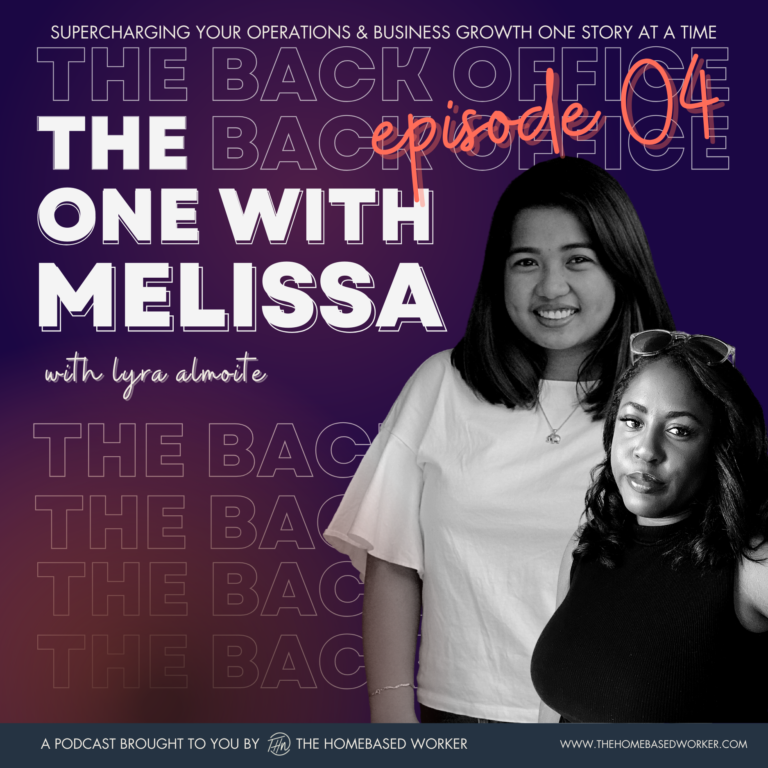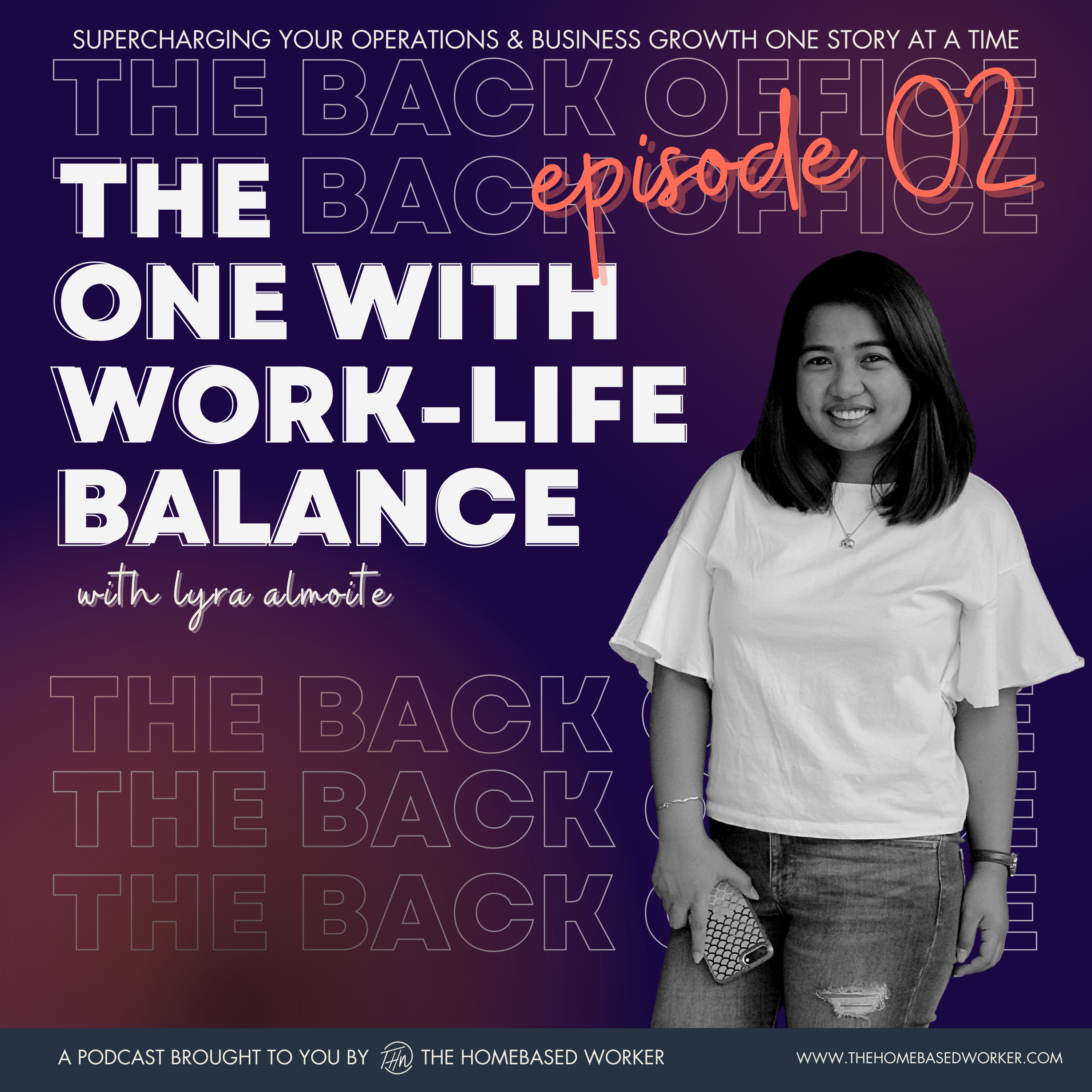When it comes to running our business, goal-setting is a common practice. Each year, we set objectives to provide a clear direction for running our business. This involves outlining initiatives, reviewing your processes, and much more.
But there’s a better way to set goals.
While any method for setting objectives is good, you can’t just view your business on a day-to-day basis. It’s important to take a broader view to fully understand everything.
Plus, it all boils down to execution. This is where OKRs come in.

What is OKR and why do we love using it for our clients?
OKRs (Objectives and Key Results) are tools that businesses (usually in the tech landscape) use to set as a guide to follow their goals. It helps them decide what they want to do and how they’ll know when they’ve done it.”
But, Lyra, we’re just an online-based business. Why on earth should we use a goal-setting framework used by tech companies?
The thing is: they clearly work! But of course, we’ll just take key aspects of it and tweak it to suit our goals for our online business.
Personally, I find this framework a lot easier to follow, plus they give you a clear way to set and achieve goals using data and direction.
Picture it: you’ve got your Objectives, which are clear and ambitious statements that outline the goals you want to achieve. Then, you’ve got the Key Results – the specific, measurable and time-bound outcomes that show progress made towards your goals. Then you’ve got the initiatives which are exact action items to achieve your key results. It’s just like reverse engineering your way to nailing each goal!
But aside from being your roadmap as a business owner, OKRs are like a guide to everyone who is working with you long term. Maybe it’s your OBM, your co-coaches and other contractors. The important thing is each of them can contribute their expertise which makes achieving the same objectives a lot easier.
A Fresh Start
Every time a new quarter is approaching, Business owners will ideally do these things:
- •Rethinking and reevaluating their previous quarters to figure out successes, failures and challenges along the way.
- •Looking forward to what the following quarter is going to bring.
Those are two very important thoughts to have and I’ve personally found setting OKRs helpful to help expand on those thoughts.
OKRs are important to being able to maneuver our business initiatives while we all, as a team, stay on track with the same goal.
But did you know that even with years of experience working with OKRs for our clients, I personally didn’t use OKRs until late 2022? It was because I still didn’t know what my own “wants” and “goals” looked like.
Here’s the thing: There was a time that drastic decisions and changes had to be made in my business. Learning how to nail down how to craft our OKRs helped me (and my clients too) pivot to the right direction quickly without having to start from square one.
So What’s The Process
Drafting an OKR involves creating a clear and focused roadmap for achieving your goals. But what you have to start with is knowing your overall goals.
Step 1: Setting the Foundation
To kickstart your OKR planning, focus on your Top 3 goals for the upcoming quarter. These goals are the heart of your strategy, so take a moment to envision them.
For instance, if your goal is to run a more easy-to-manage business, imagine what that will take. Is it maintaining operational efficiency without burnout? Having a collaborative team? Or stepping back from client onboarding?
Step 2: Adding Precision
With your goals in mind, it’s time to bring them to life. Attach action verbs and measurable numbers to each goal.
For example, if your goal is to avoid working day and night, you might aim for a 4-hour workday by the quarter’s end. If you want to reduce involvement in client onboarding, consider creating an automated onboarding system by April 2023.
Step 3: Going Deeper
Now that your Key Results are taking shape, let’s refine them further.
Take the 4-hour workday goal, for example. How can you make that a reality?
You might crank up the automation and get 50% of those operations running smoothly. Or maybe set up standard operating procedures (SOPs) to get those tasks all set for delegation. What about bringing in some fresh talent to train?
See what we did there? We took the idea of not burning the midnight oil and turned it into a game plan of automating, delegating, and making smart hires.
Step 4: Creating Initiatives
It’s time for you to plan the next action.
The first few steps will show you exactly what needs to happen so at this point it’s time to plan how you’re going to execute. Remember that these initiatives are the exact action items you will do to achieve this.
So for instance you already know that you want to automate 50% of your processes. This means your initiatives can be:
(1) identifying what tasks are still running manually and finding a system that can automate them; or
(2) find other platforms that support the same workflow but this time with automation.

Characteristics of Effective OKRs
Of course, just because you have OKRs doesn’t necessarily mean you’re running an efficient business. If you want to make sure you are developing effective OKRs, they must have these qualities.
They must have achievable ambitions. Effective OKRs find that sweet spot between setting goals that really push you and your team to excel, while also making sure they’re realistic and practical. Objectives should encourage you to aim higher than the usual grind, yet still be reachable with some focused effort.
They must be aligned with everybody. OKRs work best when they’re in sync with the overall goals of your business and the team running it. When everyone’s objectives are aligned, it creates a sense of unity and purpose. Transparency ensures that everyone is aware of each other’s goals, promoting collaboration and shared understanding.
They should be measurable and time-specific. To track progress, make your OKRs super specific and easy-to-assess. Try breaking down your objectives into clear, quantifiable key results that work like checkpoints along the way and a set of deadlines. This is so you keep tabs on your every step and know exactly when certain milestones are achieved.
They must have flexibility. The landscape is always shifting, and your OKRs should roll with the punches. They have to be adaptable to handle changes – whether it’s being more aligned with new opportunities, rolling with market trends, or facing some roadblocks. With this, you can rework the OKR while your goals stay on point and in sync with your bigger goals.
Here’s the deal: Putting together OKRs is like turning your business ambitions into well-structured strategies. You’re basically imagining the end game, getting into the nitty-gritty details, and breaking it down into realistic steps.
This comprehensive process not only gets your team on the same page but also gives them that push to make some real progress, step by step. So,time to roll up your sleeves and start drafting your OKRs.
Ever wonder what it’s like running six to multi-six figure online businesses? We share it all on Instagram as they happen. Follow along our journey @thehomebasedworker.
Ps. If you think you could use end-to-end operational support we might be able to help! Hop on a no-strings-attached 15-minute discovery call with us and we’ll see if we can help you out.






